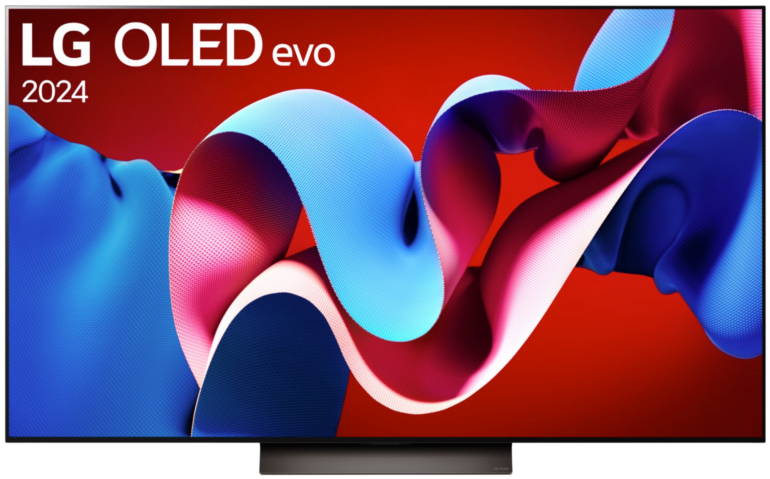Samsung Q80T vs LG NANO90 TV comparison 2021/05

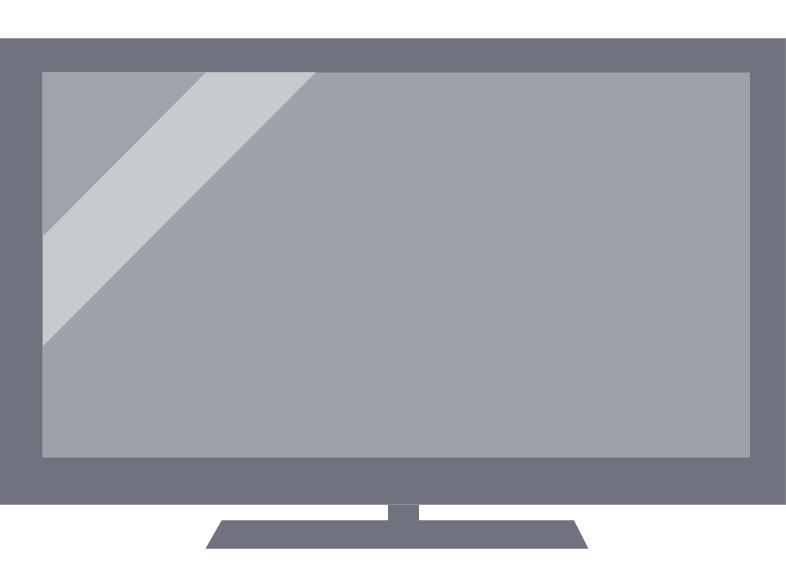
Hey! If you buy through our links, you support our project. It won't cost you a cent more! Many thanks in advance! ♥️
Samsung Q80T and LG NANO90 compared – Which TV is better?
Detailed comparison: Samsung Q80T or LG NANO90

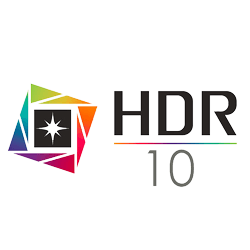

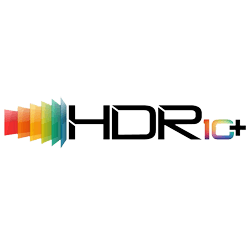



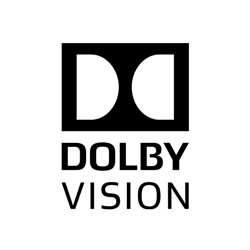

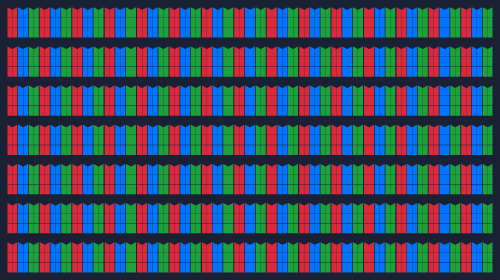


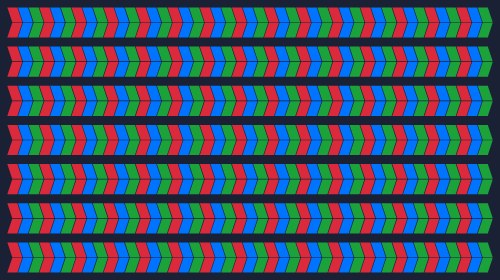





















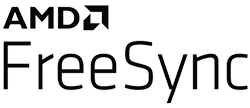



integriert

integriert
Our conclusion:Q80T: The obvious winner
The bottom line is that the performance of the Samsung Q80T QLED is definitely better than that of the LG NANO90. Thanks to the VAVertical Alignment, type of LCD Panel panel, the picture quality in dark rooms is more beautiful, due to the higher contrast ratio and the deep blacks – but this is a weak point in all TVs with an IPSIn-Plane Switching, type of LCD Panel panel. In bright rooms, the picture quality is quite similar, which is due to the Q80T’s higher peak brightness and the even better reflection handling. Unfortunately, the NANO90 shows the dirty screen effect. This is particularly annoying in scenes with large areas of the same color, such as a football field – but under normal conditions, this effect is not quite as noticeable. Next Gen Gaming with PS5 or Xbox Series X is a great experience on both devices, as they have all the features that enrich the gaming experience.
When playing a FIFA tournament with friends, neither TV has an unfair disadvantage of fading colors when viewed at an angle. The Q80T also performs better in this respect, but under most conditions the difference is not really noticeable.
As you can see, the Q80T is the better device in almost every category. Except the missing Dolby VisionDynamic HDR-format with a color depth of up to 12 Bits and Mastering of up to 10,000 Nits there is hardly anything, where the NANO90 performs better.

- 120Hz IPS panel
- Full Array Local Dimming
- Viewing angle
- Reflection handling
- Dolby Vision & Atmos
- HDMI eARC
- HDMI 2.1
- Black levels
- Contrast ratio 1680:1
- Dirty Screen Effect
